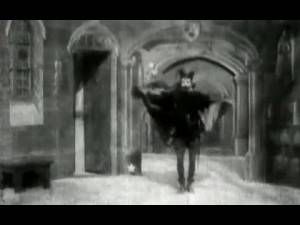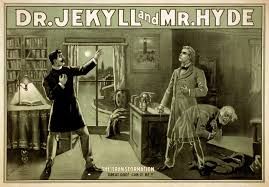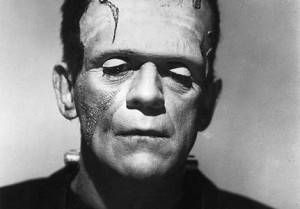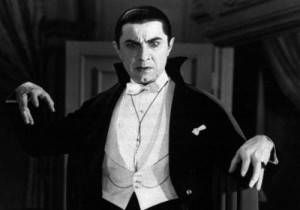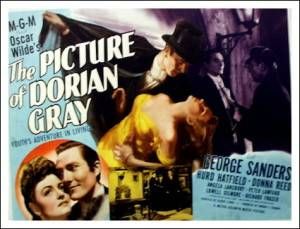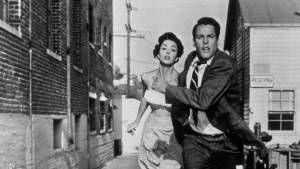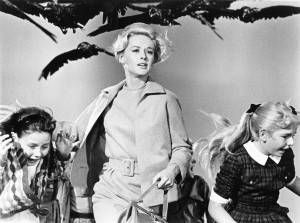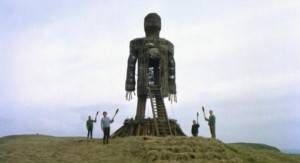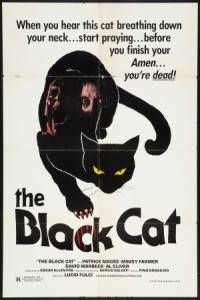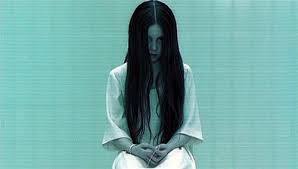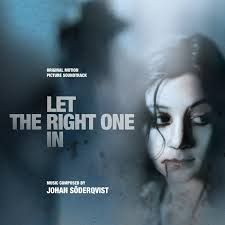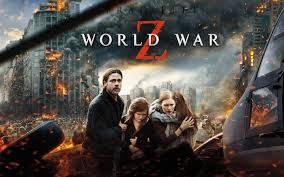
Horror Cinema: A Literary History
It’s nearly 120 years since the making of the first horror movie, meaning there’s plenty to choose from by now when you want to watch some bookish horror. Whether you’re after books or bookish movies here’s a selection of horror novels and short stories that have made it to the screen, organised by year their first adaptation was released
1896: Probably the first ever horror movie, Le Manoir du Diable, is made in France.
1899: Charles Dickens’ A Christmas Carol. Not a direct adaptation but a similar plot can be found in The Miser’s Doom.
1908: Robert Louis Stevenson’s The Strange Case of Dr. Jekyll and Mr. Hyde. There have been at least fifteen more movies made since then, not counting TV versions.
1910s
1910: Mary Shelley’s Frankenstein. Twenty more adaptations have followed including Boris Karloff’s and Hammer Horror’s.
1914: Edgar Allan Poe’s The Tell-Tale Heart. There have been three more adaptations.
1919: Richard Marsh’s The Beetle.
1922: Bram Stoker’s Dracula. After this film [Nosferatu] there have been twenty seven more adaptations including the multiple Bela Lugosi and [again] Hammer Horror versions.
1923: Victor Hugo’s The Hunch-back of Notre Dame. Do the Disney versions count too?
1925: Gaston Leroux’s The Phantom of the opera. Then three more movies plus a musical.
1926: W. Somerset Maugham’s The Magician.
1928: Edgar Allan Poe’s The Fall of the House of Usher. There were two movies just in 1928, then another in 1960.
1932: J.B. Priestley’s Benighted. Now also known as The old Dark House: the title of both it’s adaptations.
1932: Joseph Sheridan Le Fanu’s Carmilla from In A Glass Darkly. This classic lesbian vampire tale saw five more movies, plus the excellent Carmilla web series.
1932: H.G. Wells’ The Island of Doctor Moreau. The next year his The Invisible Man also saw it’s first adaptation, with two more to follow.
1935: Edgar Allan Poe’s The Raven. A further film based on the poem came out in 1963.
1944: Emilio Carrere’s The Tower of the Seven Hunchbacks.
1944: Fritz Leiber’s Conjure Wife.
1944: Dorothy Macardle’s The Uninvited. First published under the title Uneasy Freehold, now better known by the name of its film.
1944: Curt Siodmak’s Donovan’s Brain. Another movie followed.
1945: Oscar Wilde’s The Picture of Dorian Gray. Two more adaptations have followed.
1951: Robert Louis Stevenson’s The Sire de Maletroit’s Door.
1953: Ray Bradbury’s The Fog Horn.
1956: Jack Finney’s The Body Snatchers. There have been another three adaptations.
1957: M.R. James’ Casting the Runes.
1959: Tsuruya Nanboku’s Yotsuya Kaiden. Another adaptation came in 1966.
1960: Robert Bloch’s Psycho. Twenty years later came three sequels and a remake.
1961: Guy Endore’s The Werewolf of Paris. A second adaptation followed.
1961: Henry James’ The Turn of the Screw. A further adaptation came in 1971.
1961: Edgar Allan Poe’s The Pit and the Pendulum. The Pit and the Pendulum saw another movie in 1991. Other Poe works to be made into horror films in the 1960’s include The Premature Burial, Tales of Terror, The Masque of the Red Death, and The Tomb of Ligeia.
1963: Shirley Jackson’s The Haunting of Hill House. Thirty three years later came another adaptation.
1963: Daphne du Maurier’s The Birds.
1968: Ira Levin’s Rosemary’s Baby.
1971: Bram Stoker’s The Jewel of Seven Stars. Another two adaptations came later.
1973: William Peter Blatty’s The Exorcist. The film has had four sequels.
1973: Richard Matheson’s Hell House.
1973: David Pinner’s Ritual.
1976: Stephen King’s Carrie. There’s since been a sequel and a remake.
1980: Stephen King’s The Shining. Other Stephen King works to be adapted in the 1980’s include Children of the Corn (which then had six sequels), Cycle of the Werewolf, and Pet Sematary (with just the one sequel).
1980: Edgar Allan Poe’s The Black Cat. There was another adaptation in 1990.
1983: Ray Bradbury’s Something Wicked This Way Comes.
1984: Angela Carter’s The Company of Wolves from The Bloody Chamber.
1987: Aya Nishitani’s Digital Devil Story.
1987: Pu Songling’s Strange Stories from a Chinese Studio.
1988: Bram Stoker’s The Lair of the White Worm.
1989: Susan Hill’s The Woman in Black. Another adaptation with a sequel has followed.
1990: Brian Aldiss’ Frankenstein Unbound.
1990: Stephen King’s Graveyard Shift. Other Stephen King works to see films in the 1990’s include It, Misery, Sometimes They Come Back, The Dark Half, Needful Things, Thinner, and Apt Pupil.
1991: Daijiro Morohoshi’s Yokai Hunter.
1992: H.P. Lovecraft’s The Case of Charles Dexter Ward. In 1997 came an adaptation of his The Lurking Fear.
1998: Koji Suzuki’s Ring.
1999: Washington Irving’s The Legend of Sleepy Hollow.
1999: Junji Ito’s Tomie. There have been seven sequels.
2000: Junji Ito’s Uzumaki.
2000: Hideyuki Kikuchi’s Vampire Hunter D.
2000: H.P. Lovecraft’s The Shadows over Innsmouth. Then in 2005 The Call of Cthulhu.
2000: Cathy Cash Spellman’s Bless the Child.
2002: Koji Suzuki’s Dark Water.
2003: Stephen King’s Dreamcatcher. Then later in the decade Riding the Bullet, and The Mist.
2008: John Ajvide Lindqvist’s Let the Right one In.
2008: Scott Smith’s The Ruins.
2013: Max Brooks’ World War Z.
Looking forwards I’m holding out for more diverse literary horror. I want more books by women to see film adaptations. And I want the ethnicities of the writers whose books get film adaptations to expand beyond white and East Asian. Holding out for a future where the horror is on screen not in the diversity statistics.



